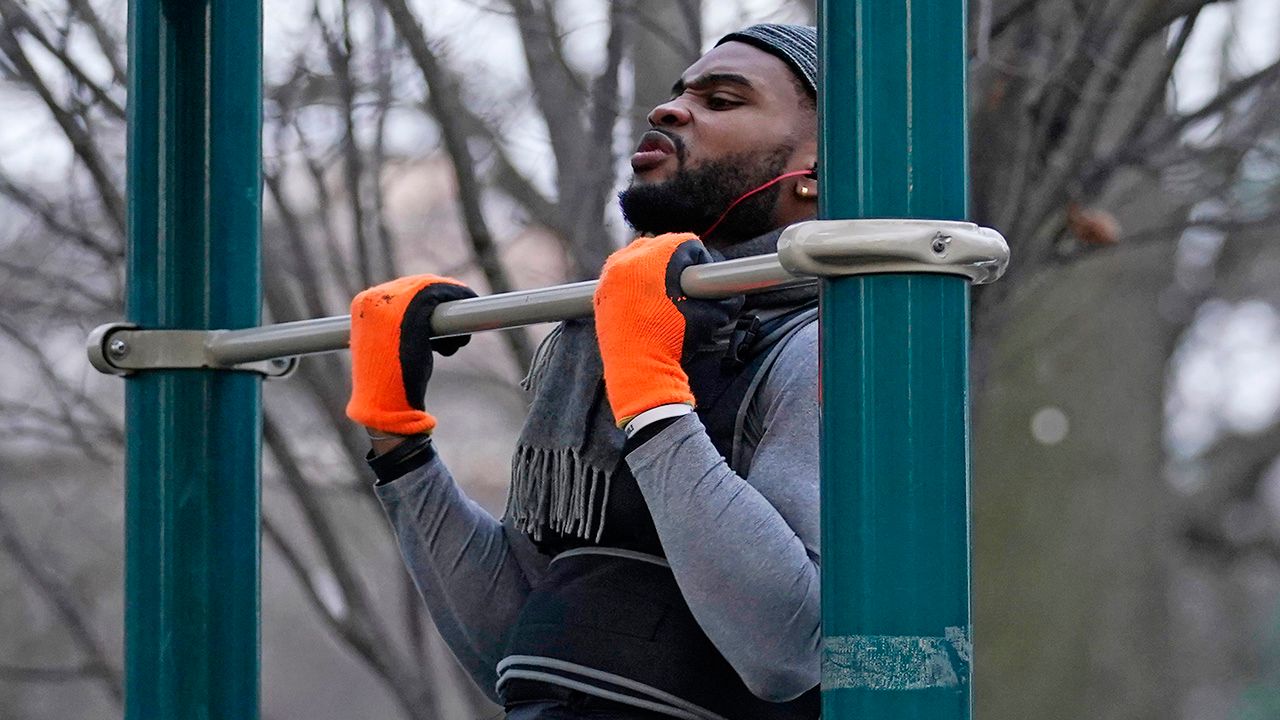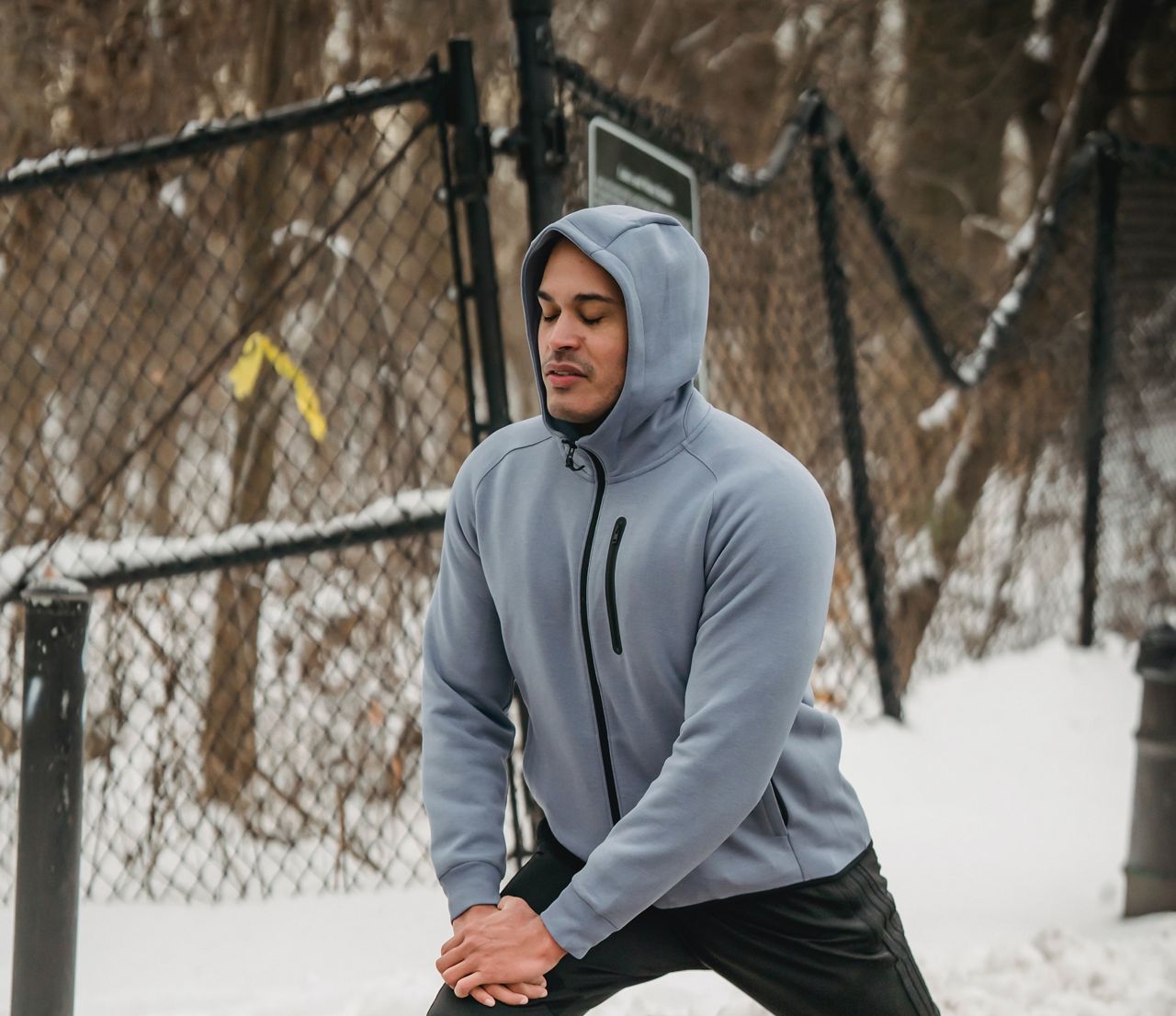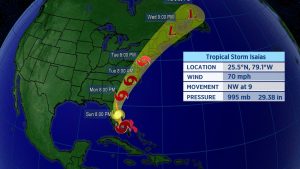With the chill of winter in the air, is exercising outside still possible? It is if you know how to dress accordingly.
As our descent into the colder months continues, the question of what to wear while venturing outdoors becomes prevalent. Layering is key to being outside in the cold, as explained by Meteorologist Brooke Brighton.
However, should we dress differently while exercising outdoors?
“New Year, New You” is the most common phrase heard this time of the year. Gyms are more crowded with resolutioners vowing to get in shape and lose weight.
As we enter the third year of the pandemic, some choose to begin their year by finding solace in the outdoors.

(AP Photo/Kathy Willens)
Whether it is running or hiking or even walking, should what we wear in frigid temperatures change?
According to Fleetfeet.com, a good rule to follow when exercising outside is to dress for temperatures 10 – 20 degrees warmer than the thermometer because you will warm quickly when moving.
The more you work out outside in the cold, the more you will be accustomed to what your body needs in these conditions.
We generally consider it cold weather when the mercury drops below 50 degrees.
Fleet Feet recommends having a base layer, mid-layer and outer layer, depending on the degree of cold. The base layer is key. You will want something wicking so it removes moisture from your skin. If not, your perspiration will keep you chilled.
Your mid-layer will do the best job of keeping you warm, opting for a material that contains down or synthetic insulation for chilly days and fleece for milder conditions. Your outer layer should be windproof, waterproof and breathable.
On the bottom, your best bet is fleece-lined tights on those cold days and running pants to shield you from the wind. Some days, the combination of these will work great, as long as the layers don’t restrict your movement.
Keeping your extremities warm
Wool socks are the best to keep those tootsies warm and toasty because wool is a good insulator of heat. However, wool tends to be itchy. Brands like Smartwool make it possible to keep our feet warm and comfortable as they feel more like cotton.
As for your upper extremities, running gloves or mittens will help. It’s important to keep all bare skin covered.
Running gloves have evolved in recent years, some with smart fingertips so you can still access your phone while wearing them. There are even glove/mitten combos to provide warmth but allow for air to enter when your hands become overheated.
Most importantly, you will want your head and ears covered. A person can lose up to 10% of their body heat from their head, so a nice beanie and/or ear band will provide the warmth.

Don’t let Mother Nature’s chill of winter deter you from enjoying the great outdoors. If dressed appropriately, you can enjoy outside exercise in the winter all season long.
For more about the dos and don’ts of exercising in winter, read Meteorologist Ashley Batey’s blog.




